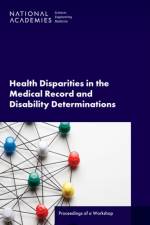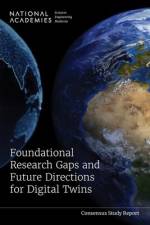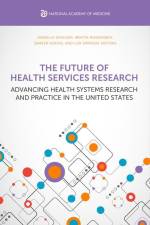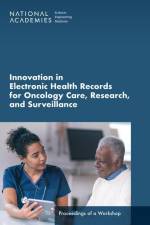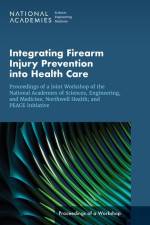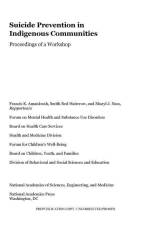av National Academy of Medicine
291
Health services research is "the multidisciplinary field of scientific investigation that studies how social factors, financing systems, organizational structures and processes, health technologies, and personal behaviors affect access to health care and the quality and cost of health care." Since the 1960s, health services research has provided the foundation for progress, effectiveness, and value in health care. Ironically, at a time in which appreciation has never been higher for both the need and potential from health services research, the political and financial support for sustenance and growth appear to be weakening. With funding support from AcademyHealth, the American Association of Colleges of Nursing, the American Board of Family Medicine, the American Society of Anesthesiologists, the Association of American Medical Colleges, the Federation of American Hospitals, and the Robert Wood Johnson Foundation, this National Academy of Medicine Special Publication identifies the range of issues that health services research must consider, address, and potentially overcome to transform the field to meet the needs of a 21st-century health care system. These issues are broad, multidisciplinary, and will require a coordinated effort to address--as well as dedicated and sustainable funding. Federal support for health services research has never been more critical. Now is a critical time for the field to articulate its priorities, demonstrate its utility, and transform to meet the needs of a 21st-century health care system. The physical and financial health of the nation is at stake.

